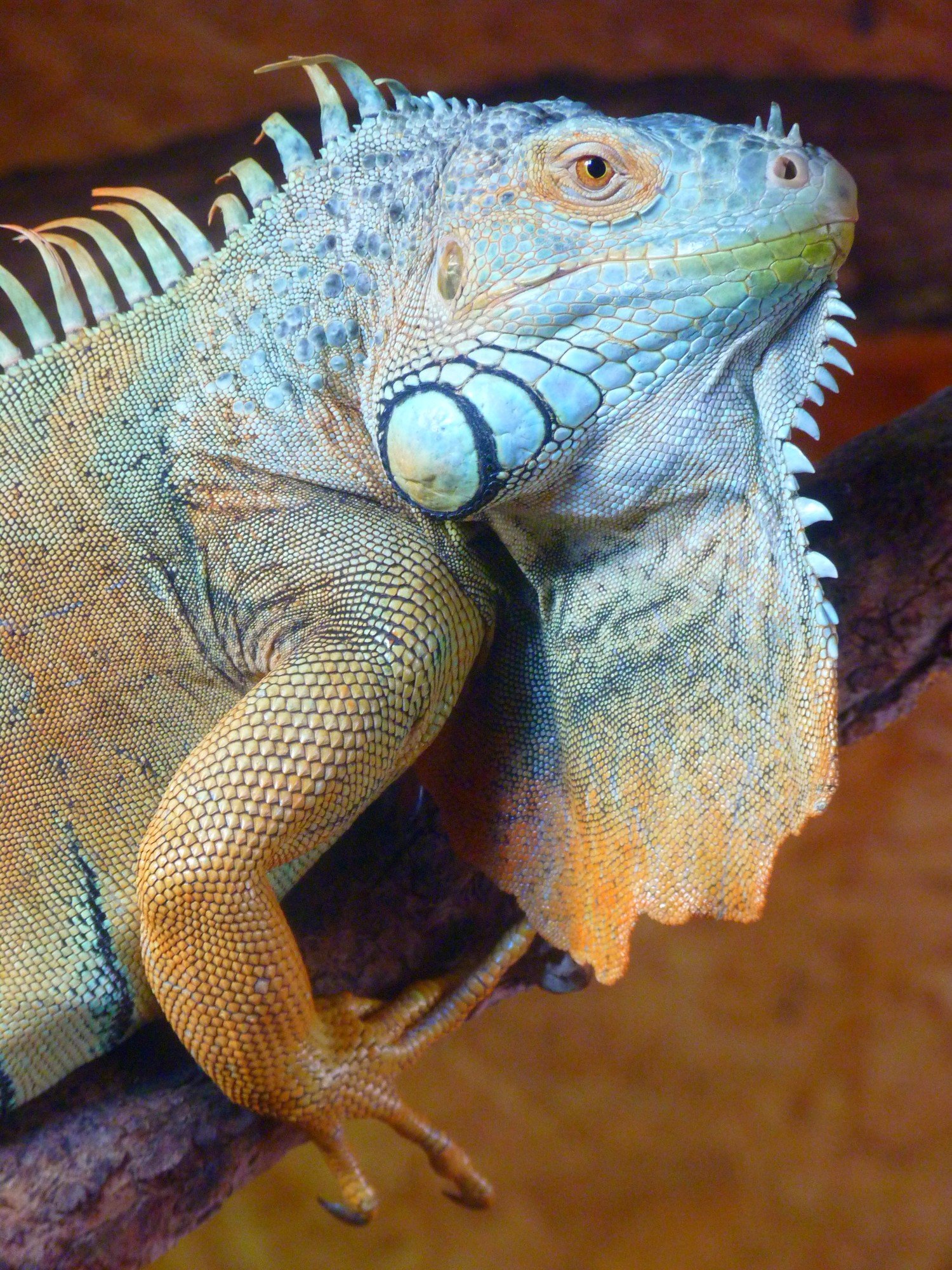Did you know an iguana’s original habitat is in Mexico, Central, and South America? You can also find them on some islands, like the Caribbean and Galapagos. If you think iguanas may have infiltrated your home, consider its living environment.
Iguanas prefer hot climates, as they’re from warmer climates. If you live in an area with a cold climate, you don’t have to worry about iguanas coming into your home.
An iguana lifespan mirrors that of a cat — they live a long time. If you live in Miami, you may need to hire an Iguana removal service. Keep reading to learn more about iguanas, their living environment, and how we can help.
What Is a Red Iguana?
Most people know iguanas usually have a green color to their skin. Some iguanas’ skin consists of a bright shade of red. This type of iguana is becoming a popular pet among people.
An iguana’s main diet consists of fruit and vegetables. So, if you leave fresh fruits or veggies laying on your counters, you may notice an iguana.
Some iguanas may show aggression when approached. Aggression is most common in male iguanas or ones close to breeding age.
All iguanas need warm temperatures in order to survive. This means they enjoy their living temperature ranging from about 80 to 90 degrees.
How Long Do Iguanas Live?
Iguanas have a long lifespan. On average, an iguana lives for about 15 to 20 years. But, a healthy iguana will likely live for over 20 years.
Iguanas are one of the most common pets, rivaling dogs and cats within families. If you’re allergic to dogs or cats, iguanas can make good family pets.
But, the pet trade has put a strain on the iguana population. This goes hand in hand with decades of hunting.
Some populations of iguanas have nearly become extinct, while others are greater than ever before. This isn’t great to hear if you live in an area where there are invasive iguana species.
Invasive populations may prove dangerous to local flora and fauna, and they may put pressure on threatened species.
Finding the Right Cage for an Iguana
If you’re considering buying an iguana as a pet, don’t use a hamster cage. Iguanas need a big cage, closer to a spider’s terrarium than a rodent cage. Adult iguanas need a cage with the following measurements: at least 8 feet long, 3 feet wide, and 6 feet high.
That may sound like a big cage — too big for a tiny iguana. But, when it comes to an iguana cage, bigger is better.
The Living Environment of the Iguana
Iguana originates from Mexico, South America, and places with other warm climates. So, an iguanas’ living environment must mirror its natural habitat. Thus, iguanas enjoy warm climates ranging from 80 to 90 degrees Fahrenheit.
It’s because of these warm climates that iguanas have become invasive in some areas. Some places in Florida have a large number of iguanas, even though they don’t originate from that area.
If you’re having iguana problems, consider an iguana removal service. For more information about iguana removal services, contact us today.



Comments are closed